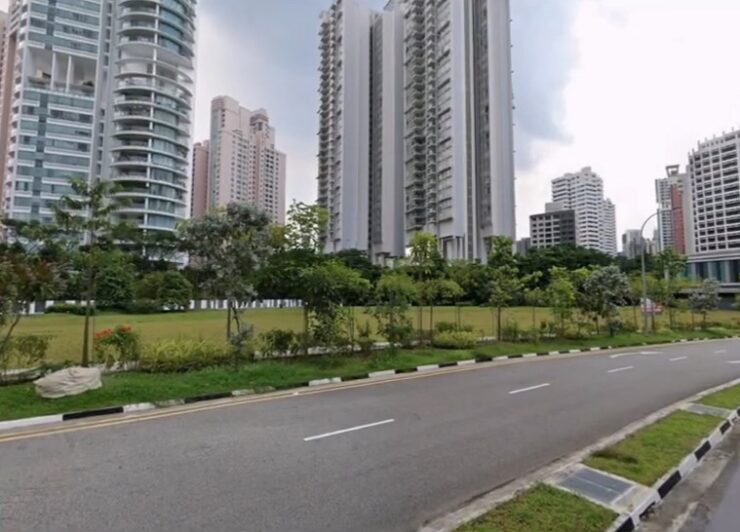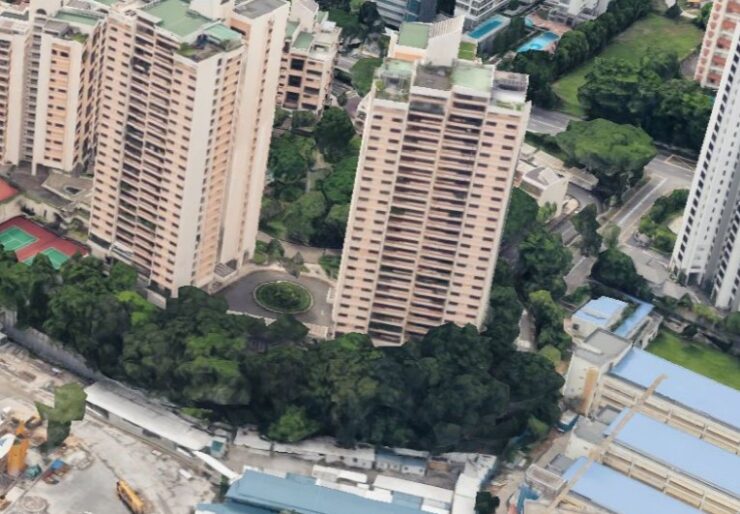Investors have one question in mind: will 2025 bring fortune or frustration? Real estate never stops shifting, and anyone serious about capital gains or rental yield needs a solid game plan. Regulatory changes, interest rates, and global economic movements play a role, but where should the focus be?
Key Points
- High-end condos remain hot, but location determines success.
- Government policies will shape investment strategies.
- Demand for sustainable and mixed-use developments increases.
- Interest rates impact affordability and mortgage planning.
- Prime districts continue attracting foreign buyers.
Luxury Developments Set to Dominate

River Green, a new high-end project, stands out in the premium segment. Developed by Wing Tai Holdings, the condo features cutting-edge design and top-tier amenities. The demand for upscale residences remains strong, particularly those offering waterfront views and exclusive community perks.
For investors looking to place their funds in a high-growth sector, luxury real estate presents an attractive proposition. The strong presence of foreign buyers, the prestige associated with premium developments, and limited supply in prime areas contribute to sustained appreciation.
What investors should note:
- High-end properties hold value even in market fluctuations.
- Foreign interest fuels demand in prime locations.
- Buyers seek green-certified, tech-enhanced homes.
- Luxury developments offer long-term rental stability due to high-end tenants.
Government Policies and Their Impact
Real estate investments never exist in isolation. Cooling measures, stamp duties, and loan restrictions dictate how much leverage investors can use. Authorities have maintained strict guidelines to curb excessive speculation, ensuring that the market remains stable and accessible.
Recent policy changes indicate a continued focus on regulation. Investors need to stay updated on Additional Buyer’s Stamp Duty (ABSD) rates, the Total Debt Servicing Ratio (TDSR), and any upcoming revisions to financing options.
Key considerations:
- Additional Buyer’s Stamp Duty (ABSD) continues influencing foreign purchases.
- Property tax adjustments could impact rental yield calculations.
- Loan-to-Value (LTV) ratios determine financing limits for buyers.
- Tighter financing measures discourage excessive leverage in property investments.
Interest Rates and Mortgage Planning

Interest rates determine affordability. A small percentage change can mean thousands in extra repayments. In 2025, analysts expect steady rates, but investors must prepare for potential hikes.
The property market has always been sensitive to interest rate movements. Investors leveraging bank loans must assess whether a fixed or floating rate works best for their financial strategy. While fixed rates offer stability, floating rates may provide better flexibility in a declining interest environment.
What to watch:
- Fixed vs. floating rates – lock in or stay flexible?
- Refinancing opportunities for existing mortgage holders.
- Loan eligibility changes affecting investment portfolios.
- Long-term interest rate trends and their effect on demand.
Prime Districts Continue Attracting Foreign Investors
Despite cooling measures, affluent buyers still target prime locations. Freehold condos in established districts see less price volatility and continue to attract long-term investors. Investors often prioritize these areas due to their resilience against sudden downturns and consistent appreciation.
Where to invest?
- Districts 9, 10, and 11 remain investor favorites due to their prime location and connectivity.
- Marina Bay developments show strong appreciation potential, particularly mixed-use projects.
- Emerging districts offer better entry prices with long-term gains, providing an alternative to prime districts.
Sustainable and Mixed-Use Developments Are the Future
Investors can no longer ignore sustainability. Buyers want eco-friendly homes, and developers are responding with green-certified projects. The demand for mixed-use spaces integrating residential, retail, and office elements is also climbing.
Developers are increasingly incorporating energy-efficient designs, green roofs, and advanced water recycling systems. Investors who choose properties with these features benefit from higher long-term appeal and regulatory support.
What makes a good investment?
- Green-certified projects offer long-term value and government incentives.
- Properties with smart home features attract tech-savvy buyers.
- Developments near business hubs see higher demand from professionals.
Spotlight on New Developments – One Marina Gardens
One Marina Gardens, developed by Kingsford Development, embodies modern luxury. Located in a strategic area, it blends residential and commercial spaces, making it a prime investment choice. The appeal of integrated developments continues to grow, with many buyers preferring the convenience of having retail, work, and residential spaces in a single location.
Why it stands out:
- Strategic location for both residents and businesses, ensuring steady demand.
- Cutting-edge design with state-of-the-art facilities appealing to high-net-worth individuals.
- Strong appreciation potential due to the mixed-use concept and increasing land value in urban centers.
Rental Market Outlook and Investment Strategies
Rental demand remains strong, but investors must refine their approach. High-yield districts, tenant demographics, and lease structures all affect rental profitability. Those who invest in areas with strong corporate presence or near educational institutions benefit from steady tenant demand.
Investor checklist:
- Choose properties near business hubs or educational institutions to ensure high occupancy rates.
- Opt for units with strong tenant appeal (furnished, amenities, transport access) to attract long-term renters.
- Monitor rental yield against purchase price and maintenance costs for accurate return calculations.
- Consider short-term rental regulations before purchasing units for Airbnb or serviced apartment use.
Technology’s Role in Future Investments
Tech integration is reshaping real estate. Smart homes, AI-driven analytics, and blockchain transactions are transforming how buyers and sellers interact. Investors who leverage data-driven insights and smart-home capabilities gain a competitive edge.
Trends to watch:
- AI-based valuation tools improving investment decisions.
- Blockchain for transparent transactions and faster property transfers.
- Virtual reality for property tours, reducing the need for physical viewings.
Market Trends Investors Should Watch
Investors who stay ahead of trends secure better returns. New government policies, foreign investment shifts, and economic conditions all play a role. Being informed helps avoid pitfalls and seize emerging opportunities.
Upcoming trends:
- Growth in smart-home technology integration and its appeal to younger buyers.
- Increased government oversight on short-term rentals, impacting Airbnb-type investments.
- Shifting demand patterns among local vs. foreign buyers due to tax regulations and ownership policies.
- Greater demand for hybrid residential-commercial spaces catering to changing work habits.
Final Thoughts

2025 offers opportunities, but investors must act wisely. Premium developments, sustainable projects, and prime locations will drive the best returns. Government policies and interest rates remain key factors. Smart investors will track trends, adapt to regulatory changes, and position themselves for success in a dynamic market.

